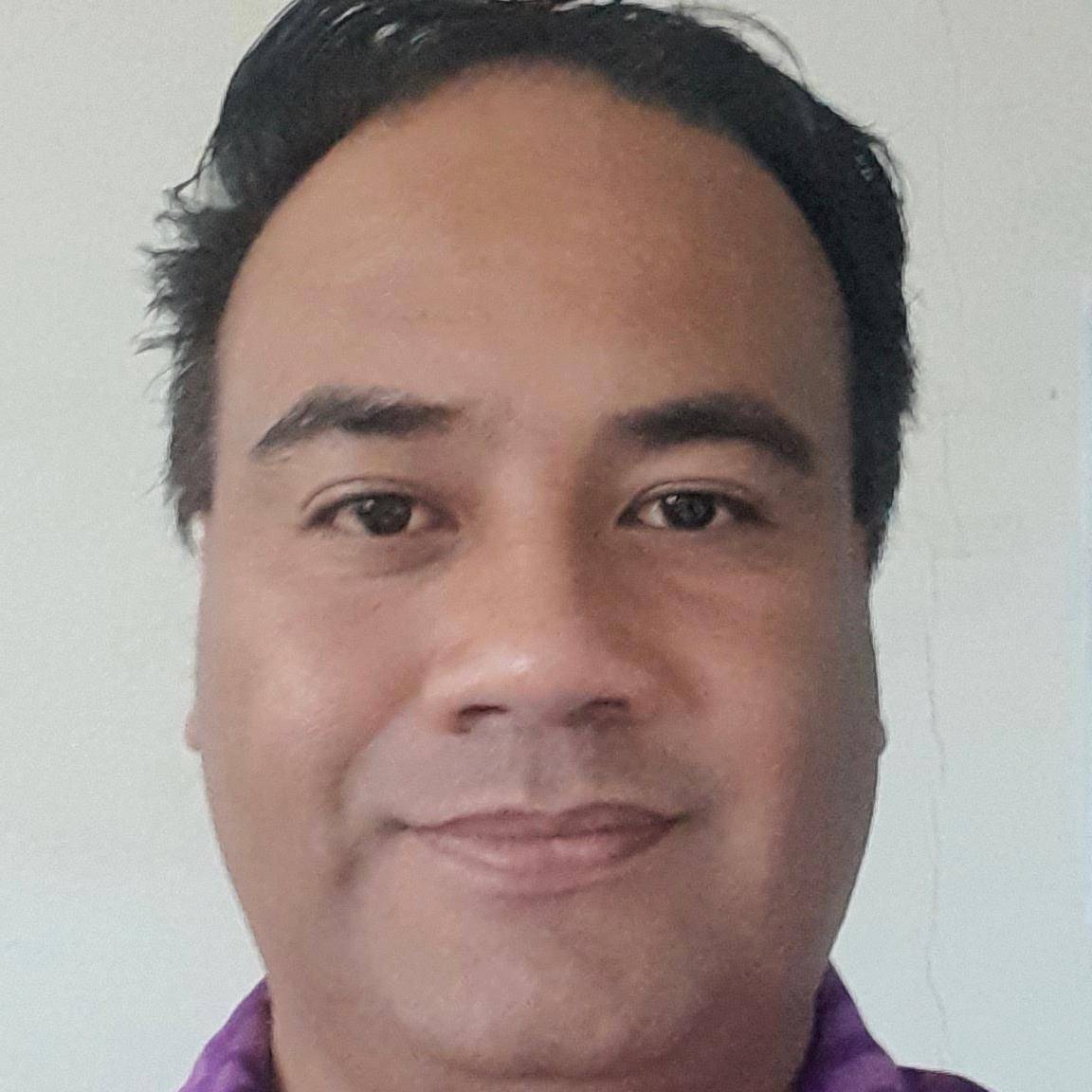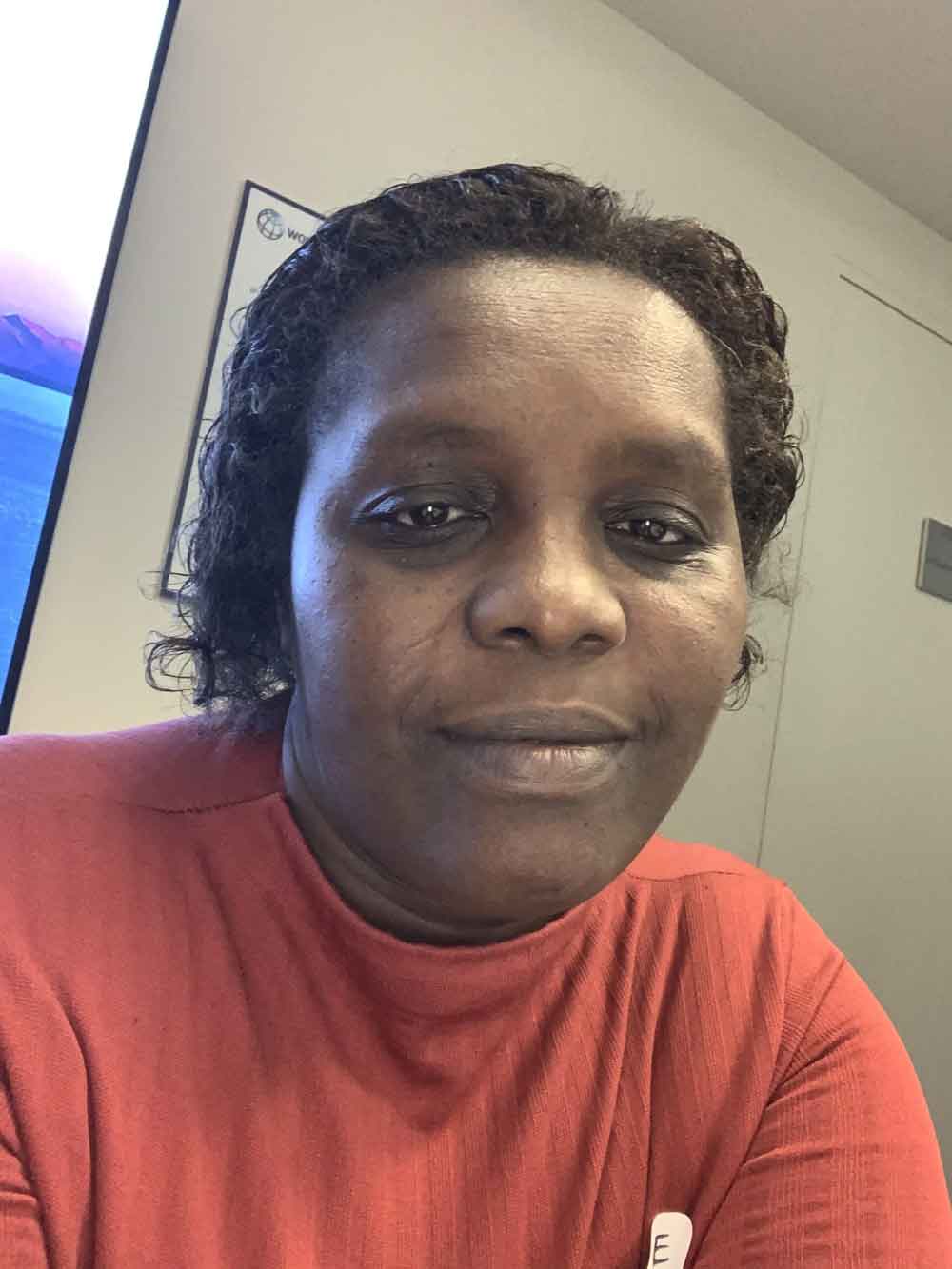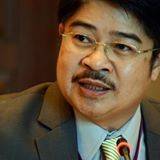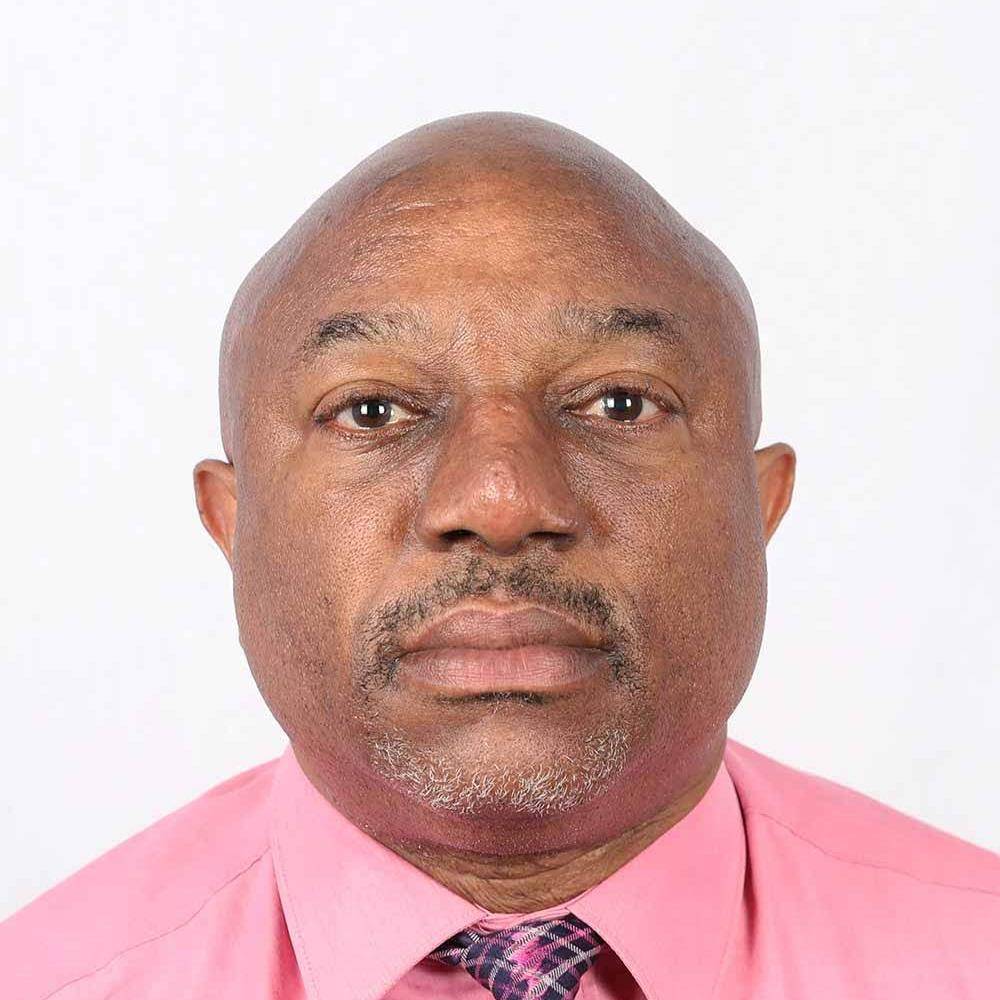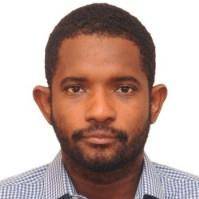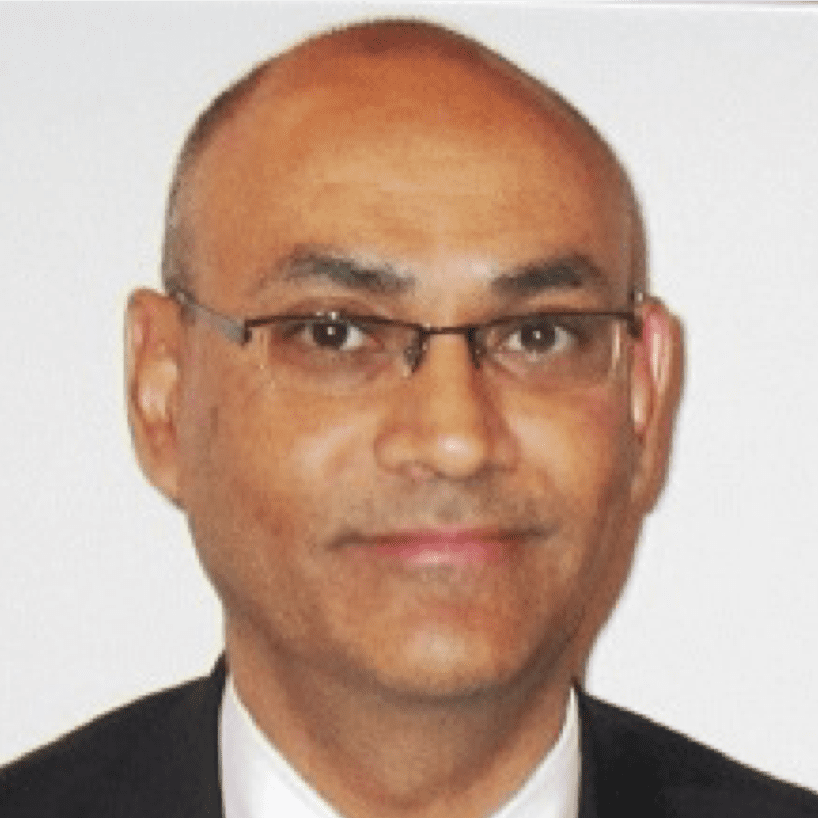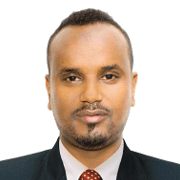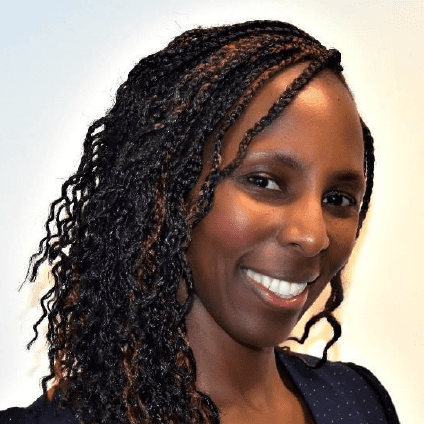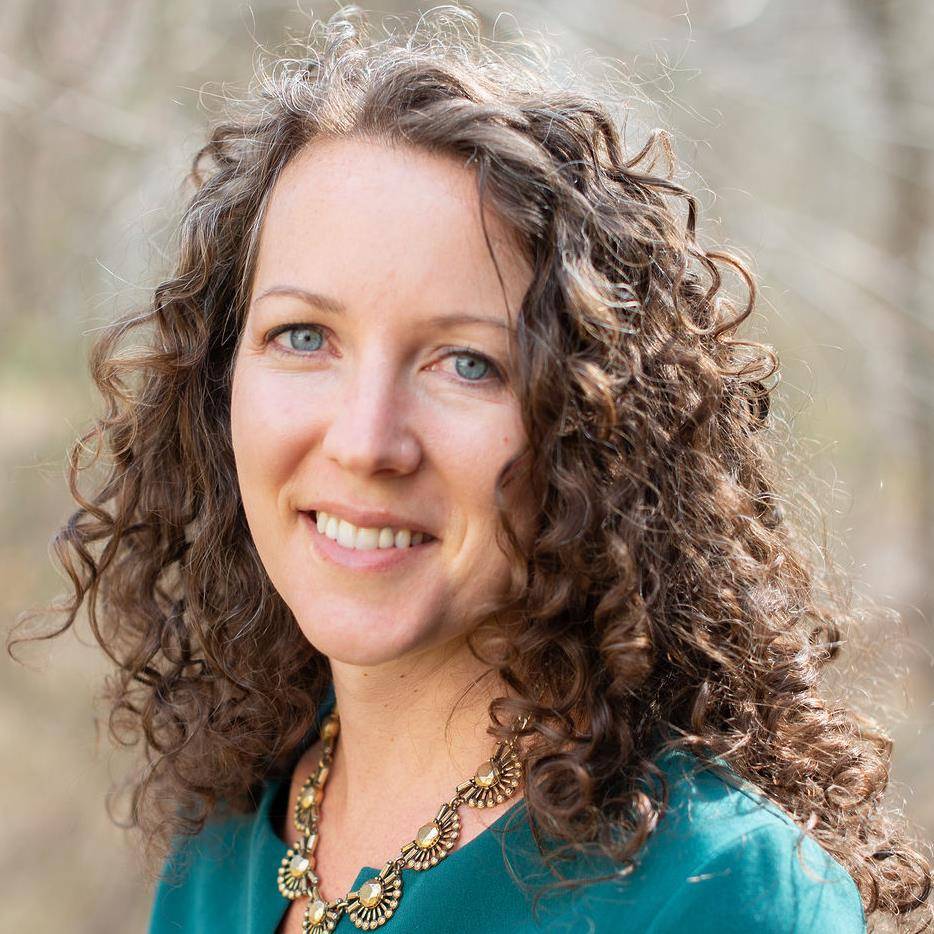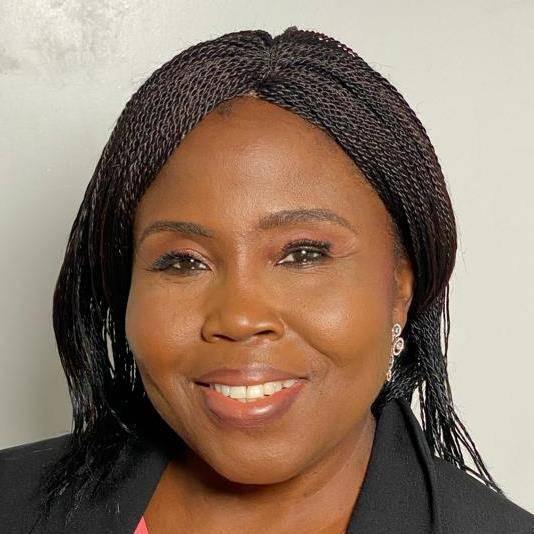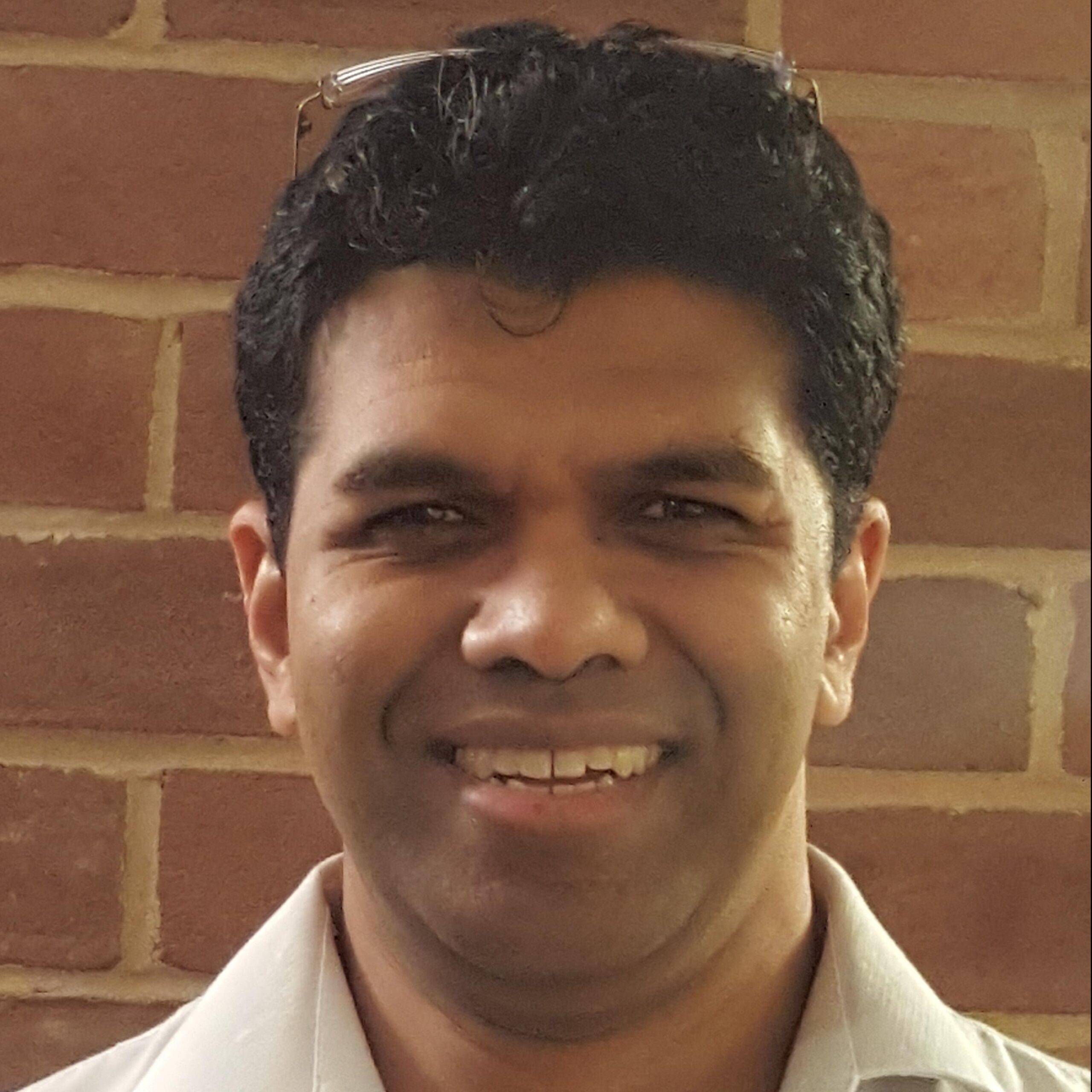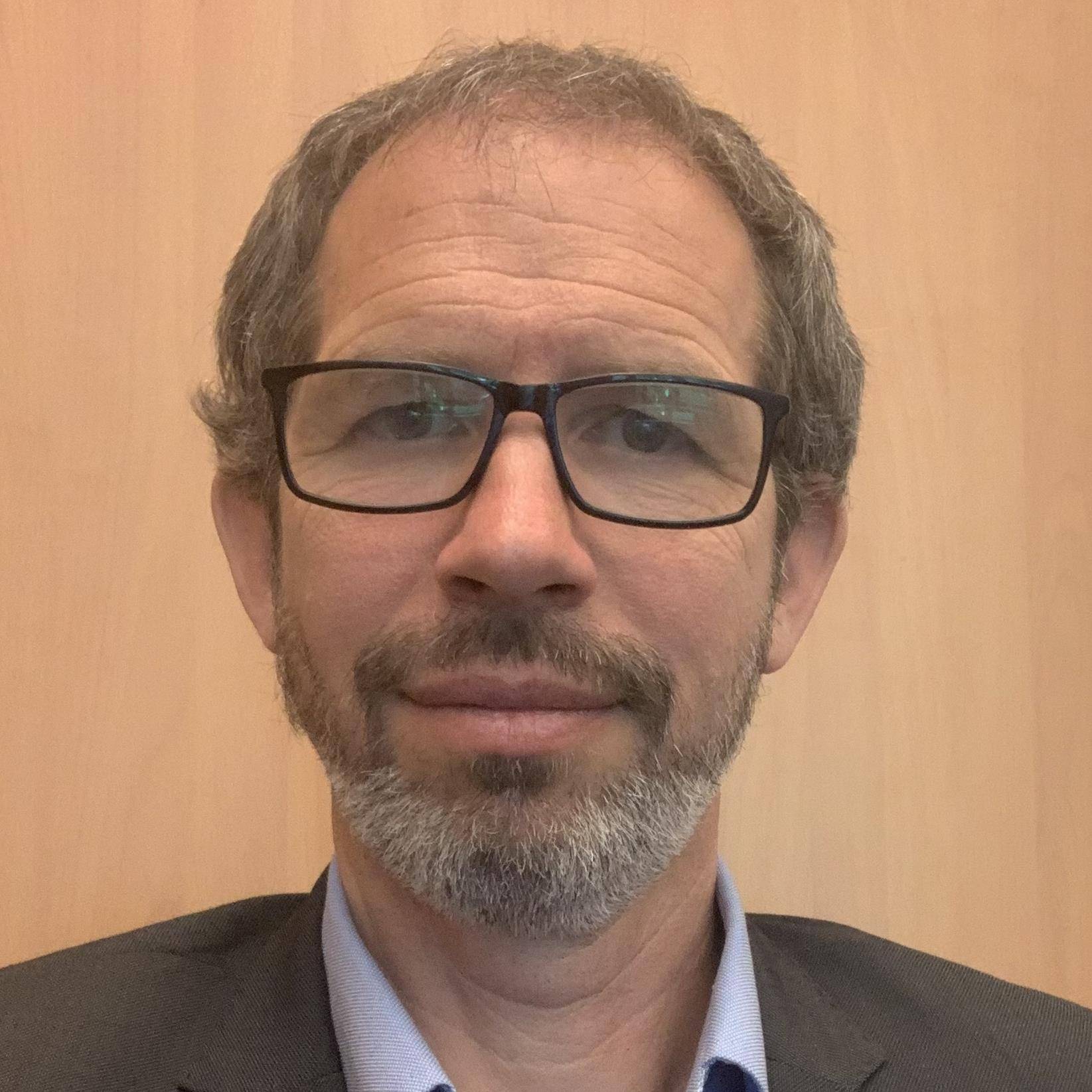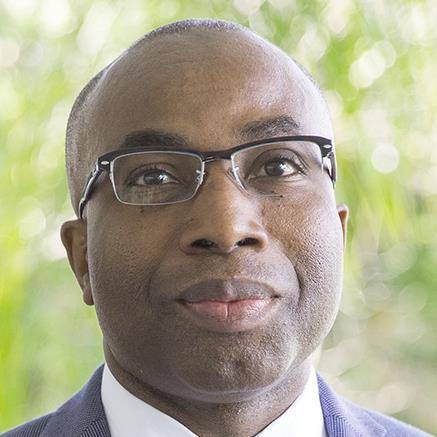Focus Day on Innovative Risk Reduction and Recovery Solutions for ACP Countries
The Focus Day engaged on issues related to risk information in African, Caribbean and Pacific (ACP) regions, to learn about what makes for more effective actions, and about concrete and innovative solutions for producing, analyzing, using and sharing risk information. Four specific topics were covered: (i) Early warning systems and emergency preparedness and response; (ii) Resilient recovery; (iii) Disaster risk financing; and (iv) Governance. It also touched upon the following topics (Tags): Data, Decision-making, Vulnerability and Resilience and Risk Communication The 11th European Development Fund’s Intra-African Caribbean Pacific Disaster Risk Reduction Programme, referred to as the 11th EDF Intra-ACP DRR Programme, is a significant initiative funded by the European Union, which is managed by the Organisation of African, Caribbean and Pacific States (OACPS) Secretariat in Brussels in close collaboration with eight implementing partners, namely the African Union Commission (AUC), Southern African Development Community (SADC), Caribbean Development Bank (CDB), Secretariat of the Pacific Community (SPC), United Nations Development Programme (UNDP)/United Nations Office for Disaster Risk Reduction (UNDRR), World Bank’s Global Facility for Disaster Reduction and Recovery (GFDRR), World Food Programme (WFP)/The African Risk Capacity (ARC) and the Technical Assistance (TA). The objective of the programme is to contribute to reducing the impact of disasters, including those related to climate change and biological hazards, and increasing resilience in OACPS countries. This Focus Day session brought together officials and experts from OACPS countries and representatives from OACPS regional organizations, communities, and programme partners. The goal was to share experiences, best practices, and lessons learned from projects implemented at national and regional levels under the programme in connection with the four main topics. Early Warning Systems and Emergency Preparedness and Response Disasters caused by extreme weather, water, and climate conditions, such as tropical cyclones, severe storms, floods, heatwaves, droughts, and forest fires, result in significant loss of life and socio-economic impacts. Multi-hazard early warning systems (EWS) are crucial for effective disaster preparedness, reducing loss of life and livelihoods. Reliable and actionable risk information across timescales is essential for countries and communities to make informed risk management investments. This session discussed the main challenges faced when building early warning systems in developing countries, in particular from a Caribbean and Pacific perspective. It was interesting to note the similarities between both regions, which consist of numerous islands, often scattered, which complicates the deployment and maintenance of resilient infrastructure. Their vulnerability to natural hazards requires robust and resilient EWS systems that are not always in place. Other challenges cited were technological and infrastructure limitations, economic constraints, institutional and governance issues, socio-cultural factors, and those associated with climate change and environmental degradation. Shortage of reliable and timely data was also an issue identified by many panelists. Finally, integrating local knowledge and traditional practices can enhance EWS, however, that integration is often overlooked. Addressing these challenges requires a holistic approach that includes investment in infrastructure, capacity building, community engagement, and regional and international cooperation, to enhance resilience and preparedness in developing countries. Discussions highlighted that successful EWS could be evaluated through several key indicators, such as the number of lives saved thanks to timely warning; the value of property and infrastructure saved; the positive feedback from the public on the system’s effectiveness and clarity, and the reduced response time taken for emergency services to respond after an alert is issued. Implementing these strategies in a coordinated manner can significantly improve the reach and effectiveness of early warning messages, ensuring that the most at-risk populations receive timely and actionable information to protect themselves and their communities. Post-Disaster Recovery Recovery processes are vital for helping people cope with disaster impacts, restoring well-being, and resuming development pathways. Effective recovery includes strengthening governance, improving services, rebuilding assets, and enhancing resilience with a human rights and gender perspective. In ACP regions, systematic post-disaster recovery is still developing, requiring international support and a shift from humanitarian response to risk-centered resilience. This session helped participants to have a better understanding of recovery practices in OACPS regions, the importance of coordinating regional institutions, and the key role communities play in recovery efforts. It was noted that Post-Disaster Needs Assessments (PDNAs) are critical tools for evaluating the damage, loss, and needs following a disaster, forming the foundation for recovery and resilience-building efforts. The session noted the role of PDNAs in post-disaster rebuilding and recovery, highlighting some of the challenges faced by ACP countries in implementing PDNAs, including: insufficient reliable data on disaster impacts and vulnerabilities, limited technical capacity and expertise among concerned stakeholders, fragmented and weak institutional frameworks for DRR, inadequate funding to efficiently conduct PDNAs and implement recovery plans, and limited involvement of communities. Addressing gaps in PDNA processes would contribute to more inclusive early warning preparedness, and successful recovery. Participants shared several experiences from different OACPS regions, from geological hazards such as volcanoes, to climate-related hazards such as cyclones, floods, and droughts. Recovery phases require more time and resources than the immediate emergency after a disaster, therefore innovative means to plan recovery are needed, such as comprehensive community engagement in the planning process. Locally led solutions include integrating recovery plans with development planning – to secure funding and external expertise that reinforces national technical capacity. Disaster Risk Financing ACP countries often lack financial protection against disasters and rely on reactive measures to meet financing needs. Disaster risk financing and insurance (DRF) offer new ways to finance preparedness, response, recovery, and rebuilding. DRF strategies ensure financial protection without compromising development goals or fiscal stability. In this session, participants played “Hurricane Hurry”, an interactive experience that simulates DRF decision-making in complex environments – for example after a hurricane hits, when resources are limited, and the pressure is on acting quickly. Participants were confronted with the individual and collective challenge of balancing investments in disaster risk management and financing in the Caribbean. Participants were organized in teams that covered basic needs and pursued climate-smart growth – all while confronting the threat of seeing their development gains wiped out by extreme events like hurricanes. With limited information, they had to make important investment decisions: How to maximize growth potential? Is there an insurance product worth purchasing? How about a disaster fund? Are there innovative risk financing tools that can help? How to assess and balance choices? Each decision provided insights into real world consequences. This session helped participants become more familiar with DRF instruments, experience the choices and dilemmas that stakeholders feel when making decisions, and learn about non-traditional approaches to communicating complex information. Risk Governance Risk governance approaches vary globally, requiring tailored strategies for different governance arrangements and capacities. This session explored innovative risk governance practices essential for sustainable development and resilience in the 21st century. Discussions explored how limited capacities, lack of or outdated climate finance impacted risk governance, and the importance of having appropriate legislation to address disasters and recovery, such as building codes. However, legislation alone is not enough. Enforcement is necessary to trigger change and make an impact. Institutional arrangements were noted as being country specific, with variety in how clearly they explain responsibilities, processes and funding mechanisms for DRM. Integrating climate change and DRM efforts and institutions, as well as communicating existing legislation to all levels of society, were highlighted as some of the mechanisms that could promote understanding of risk and better risk governance. Culture was also raised as a challenge to risk governance, and it was deemed by some participants that changing people’s habits and ways of life – to more sustainable ones – was time-intensive.
“Everything we do must translate into real action on the ground, directly supporting our communities” – Mr. John Harding, Head of the Climate Risk and Early Warning Systems (CREWS) Secretariat “Stronger policies for data sharing are essential to encourage private sector participation. Partnerships are important – we need to work together to align all investments” – Mr. Moussa Sidibe, Disaster Risk Management Specialist, GFDRR Hydromet Global Program “It is crucial to engage communities with early warning information from the start. This approach enhances preparedness and boosts response rates” – Mr. Malaki Iakopo, Assistant CEO for Water Resources Division of the Ministry of Natural Resources and Environment, Samoa We need to work between innovation and traditions, these are key to underpinning post-disaster recovery. Events like UR allow for knowledge sharing on lessons learned and best practices in the field of post-disaster recovery” – Mr. Peter Korisa, Head of the National Disaster Recovery Unity, Department of Strategic Policy, Planning and Aid Coordination, Prime Minister Office, Vanuatu. “We must continue to use traditional media to communicate early warning information, while also leveraging innovative digital media to reach the target populations. Different groups require different communication channels” – Dr. Yves Robert Personna, Senior Programme Manager, ACP-EU-CDB Caribbean Action for Resilience Enhancement (CARE), Caribbean Development Bank. “Recovery works and increases resilience for the communities that are at the forefront of every disaster that occurs” – Mr. Sanny Ramos Jegillos, Senior Advisor, Team Leader, Disaster Risk Reduction and Recovery for Building Resilience, Crisis Bureau, UNDP “Effective Post-Disaster Needs Assessments (PDNAs) are vital for rebuilding and enhancing the resilience of OACPS Member States against environmental challenges and extreme events. Addressing gaps in PDNA processes ensures inclusive early warning, preparedness and successful recovery” – Dr. Pendo Maro, Team Leader, Technical Assistance for the Intra-ACP Disaster Risk Reduction Programme. “To Strengthen risk governance it is important to have adaptive and agile legislation” – Mr. Francis Fontenelle, Permanent Secretary, Ministry of Finance, Economic Development and the Youth Economy, Saint Lucia “In the context of high exposure to disaster risks, it is important to consider community-based disaster risk reduction in comprehensive municipal master plans. This will contribute to communities’ ownership for the implementation of disaster risk reduction solutions” – Adbullahi Ali Wattiin, Mayor of Baidoa, Somalia.
The primary outcome of the Focus Session has been to foster a knowledge exchange within OACPS regions on the specified topics. The UR Forum also provided a platform to promote the 11th EDF Intra-ACP DRR Programme and showcase ongoing activities. Specific outcomes under the different topics discussed included: Early Warning Systems and Emergency Preparedness and Response The key takeaway of this discussion was that building effective and actionable Early Warning Systems involves integrating several key ingredients across technological, organizational, and community levels. Collaboration at local, national, regional and international level is paramount. Critical components include sound risk knowledge and assessment, continuous data collection and integration underpinned by strong policies, and ensure that warnings are clear, actionable and tailored to the needs and understanding of different communities (“different groups require different communication channels”). Involving local communities in planning and preparedness activities, developing policies and legal frameworks to support EWS implementation and enforcement, and participating in international initiatives and programmes to build capacity and learn from best practices are also essential. Post-Disaster Recovery Recovery processes are vital for helping people cope with disaster impacts and restoring well-being. Effective recovery includes strengthening governance, improving services, rebuilding assets, and enhancing resilience with a human rights and gender perspective. The session promoted a deeper understanding of the mechanisms, processes and challenges of post disaster recovery and rehabilitation efforts. It highlighted the crucial role of tools such as Post Disaster Needs Assessments (PDNAs). Speakers and participants demonstrated how government leadership, coupled with timely ad sufficient financial and human resources, were pivotal in facilitating sustained recovery efforts. It was clear that in order to prepare effective recovery and rehabilitation plans, there was a need to have a clear understanding of the extent of a disaster, capturing both economic, tangible losses and damages, as well as non-economic losses. Participants also raised two central issues that are missing in PDNAs – human mobility, i.e. evacuation, and relocation, as well as the impact of slow and onset events such as droughts. In conclusion, addressing identified gaps in PDNA processes would contribute to more inclusive preparedness, and successful recovery. Disaster Risk Financing The session allowed participants to understand that communication is a critical part of the process. DRF can be very technical, and because there are multiple stakeholders involved, to be properly implemented a strategy needs all stakeholders to come together. For that reason, effective messaging must be tailored to and owned by key stakeholders. In addition, as there is no one instrument that can be the answer for reconstruction, it is a matter of using multiple instruments strategically to access necessary liquidity. This could be a contingency fund or a disaster fund to address the immediate risk of less severe events, aving access to contingent lines of credit or some pre-established loan interest, or risk transfers for greater impact like parametric insurance. Finally, DRF is more than just a collection of financial instruments. It is about the legislative and policy context in which these instruments function. Can money be executed quickly from the budget? Is it used equitably? Is there enough data for governments to make informed decisions? Smart policies and effective interaction with the private sector can ensure better Decision making around these tools. Risk Governance The session explored innovative risk governance practices essential for sustainable development and resilience, emphasizing that there are no one-size-fits-all approaches due to varying global governance arrangements and capacities. The speakers provided key elements that improve risk governance: the importance of enhancing legislative frameworks to link and manage different risks; the need for flexible, agile, and adaptive legislation to address rapidly changing and volatile contexts; and the importance of capacity building, early warning systems, and climate adaptation planning at the local level to address the intersecting threats of disasters, climate change, and conflict. The session underscored the necessity of adaptive governance to manage systemic risks effectively in the 21st century.
Organized by: GFDRR/World Bank and OACPS in collaboration with UNDRR, UNDP, AUC, CDB, SPC and SADC
